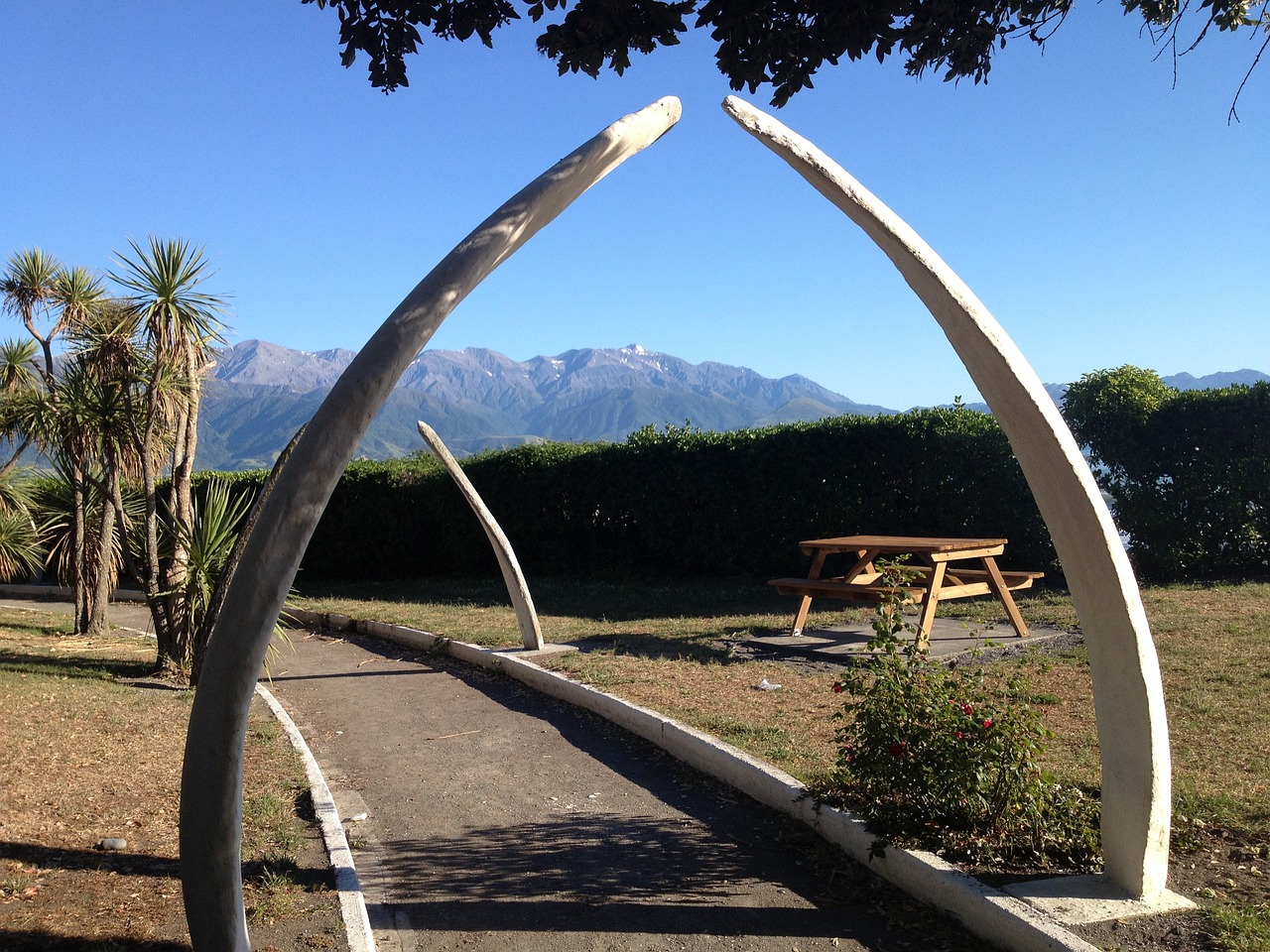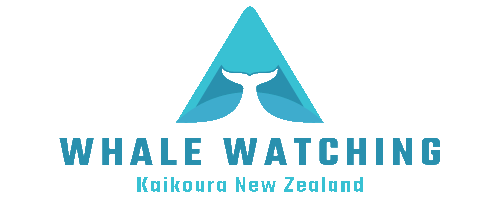History Kaikoura
Let’s dive into the story of Kaikoura. Situated approximately 200 kilometers north of Christchurch, Kaikoura boasts a rich history shaped by both European settlers and indigenous Maori communities.

Whaling Era and Economic Struggles
Back in the mid-1800s, European settlers arrived in Maori lands, kickstarting a period of significant change. They converted much of the surrounding area into farmland and established a shore-based whaling industry.
Local Maori fishermen were employed to hunt sperm whales, which frequented the deep submarine canyons near the shore.
However, by the 1920s, the whale population had declined drastically, rendering whaling activities unprofitable. The closure of the last whaling stations in New Zealand during the 1960s marked the end of this era. Kaikoura faced economic hardship, particularly during the recession of the 1960s and ’70s.
The Rise of Tourism
Amid efforts to revitalize the local economy in the 1980’s the stakeholders recognized the potential of tourism in Kaikoura. With its picturesque landscapes and abundant marine wildlife, including whales, dolphins, and seals, the town seemed ripe for tourism development.
Maori-Led Whale Watching Initiative
In 1987, five local Maori families took a bold step to kickstart tourism in Kaikoura. They mortgaged their homes and risked their cars as collateral to establish a whale-watching business. Their focus? Observing sperm whales in the nearby submarine canyons.
With support from the Marlborough Development Board and a concession from the Department of Conservation, the business began offering tours in July 1989.
Embracing Sustainability
Central to the venture was the concept of kaitiakitanga, reflecting Maori beliefs about humans’ role as stewards of the environment. Guided by these values, the Maori-owned whale watching company ensured that all activities aligned with cultural, economic, and environmental sustainability.
Marine Wildlife Tourism Flourishes
Simultaneously, another tour operator emerged, offering marine wildlife tours that later focused on the area’s acrobatic dusky dolphins. Both whale and dolphin watching tours experienced tremendous success, with annual growth rates estimated at 14%. By 2006, they were attracting approximately 1 million tourists annually, generating significant revenue for Kaikoura.
Economic Impact and Community Outreach
The surge in tourism brought about a cascade of benefits for Kaikoura. Not only did it create jobs directly within the tourism sector, but it also spurred employment in other industries. Roughly 30% of the town’s economy was driven by tourism by 2006.
Furthermore, some tour operators in Kaikoura sought to enrich the local community beyond economic gains. Initiatives included providing work experience for students, donating to local schools, and offering discounted rates for educational groups to participate in whale watching trips.
Sustainable Development and Environmental Certification
As tourist numbers grew concerns arose about the strain on Kaikoura’s infrastructure and environment. In response the central government funded the drafting of a comprehensive tourism plan, emphasizing sustainability.
Collaboration with organizations like Green Globe and later Earthcheck led to environmental benchmarking certification for Kaikoura’s tourism practices.
Kaikoura achieved a significant milestone in 2002 by becoming the world’s first local government to obtain GreenGlobe21 Gold destination certification.
Continuing Challenges and Resilience
Despite its successes Kaikoura faced setbacks. Notably the 2016 earthquake, which disrupted tourism for nearly a year.
Nevertheless, the town’s resilience and commitment to sustainability remain unwavering, ensuring its continued allure as a premier destination for marine wildlife enthusiasts.
References:
- McIntosh, N., Maly, K. & Kittinger, J. in Whale-watching: Sustainable tourism and ecological management (eds James Higham, Lars Bejder, & Rob Williams) Ch. 12, 163-174 (Cambridge University Press, 2014).
- Simmons, D. G. in Whale-watching: Sustainable Tourism and Ecological Management (eds J. E. S. Higham, L. Beijder, & R. Williams) Ch. 22, 323-336 (Cambridge University Press, 2014).
- Lundquist, D. in Whale-watching: Sustainable Tourism and Ecological Management (eds J. E. S. Higham, L. Beijder, & R. Williams) Ch. 23, 337-351 (Cambridge University Press, 2014).
- Horn, C. M., Simmons, D. G. & Fairweather, J. R. Evolution and change in Kaikoura: responses to tourism development. Report No. 1174-670X, 108 (1998).
